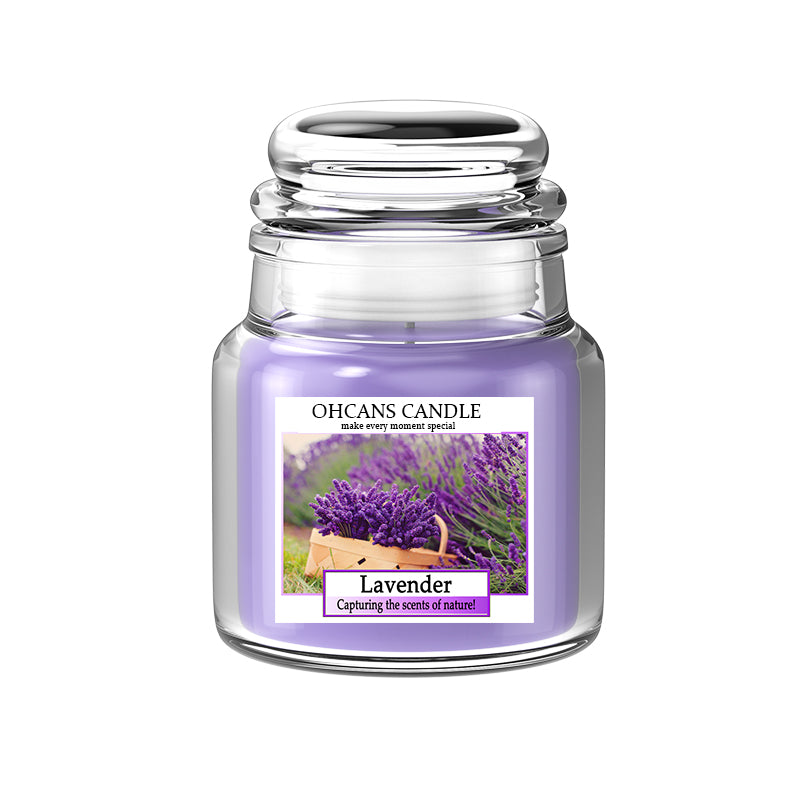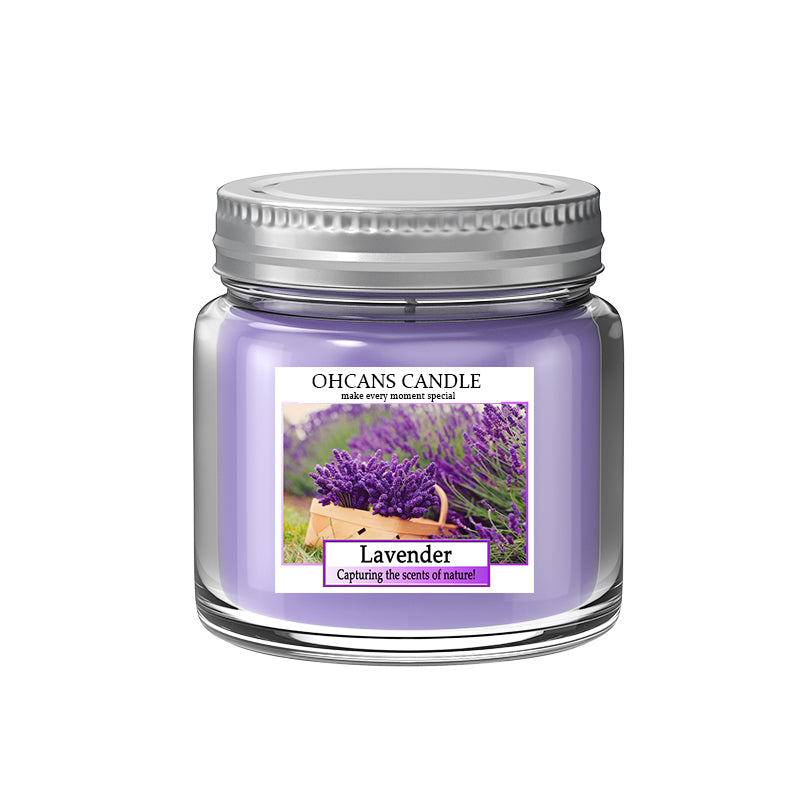What are some sustainable candle making tips ?
Introduction
Sustainable Candle Making Tips: Eco-Friendly Materials and Techniques
Introduction
Candle making is a beloved hobby for many DIY enthusiasts and candle lovers alike. However, with the growing concern for environmental sustainability, it's important to consider the impact of our candle-making practices on the planet. By adopting eco-friendly materials and techniques, we can create beautiful candles while minimizing our carbon footprint. In this blog post, we will explore various tips and tricks for sustainable candle making.
When it comes to sustainable candle making, one of the key factors to consider is the choice of materials. Traditional candles often contain paraffin wax, which is derived from petroleum and releases harmful toxins when burned. Instead, opt for natural alternatives like soy wax or beeswax. Soy wax is made from soybean oil, a renewable resource that burns cleaner and longer than paraffin wax. Beeswax is another excellent option as it is a byproduct of honey production and has a naturally sweet aroma.
In addition to choosing eco-friendly waxes, it's also important to select sustainable wicks. Many conventional wicks are made from lead or contain metal cores that can release toxic fumes when burned. Look for wicks that are made from natural fibers such as cotton or hemp, which are free from harmful chemicals.
Another aspect of sustainable candle making is considering the containers in which we pour our melted wax. Instead of using single-use containers that end up in landfills, opt for reusable and recycled options. mason jars, vintage teacups, or even repurposed glass bottles can make charming containers for your candles. Not only does this reduce waste, but it also adds a unique touch to your creations

.
Choosing Eco-Friendly Materials
When it comes to sustainable candle making, one of the most important considerations is choosing eco-friendly materials. By opting for natural and environmentally friendly ingredients, you can create candles that not only provide a warm and inviting ambiance but also contribute to a healthier planet.
Natural Wax Options
The type of wax you choose for your candles plays a significant role in their sustainability. Traditional paraffin wax, derived from petroleum, is not eco-friendly as it releases harmful toxins into the air when burned. Fortunately, there are several natural wax options available that are both renewable and biodegradable.
Soy wax is an excellent alternative to paraffin wax. It is made from soybean oil, which is a renewable resource. Soybeans are grown in abundance and have a lower carbon footprint compared to petroleum-based products. Additionally, soy wax burns cleaner and slower than paraffin wax, resulting in a longer-lasting candle.
Beeswax is another popular choice for eco-conscious candle makers. It is produced by bees and offers a natural golden hue to candles. Beeswax has a naturally sweet aroma and burns with very little soot or smoke. This makes it an ideal option for individuals with sensitivities or allergies.
Coconut wax is gaining popularity due to its sustainable nature. It is made from the meat of coconuts and provides a clean-burning experience similar to soy wax. Coconut trees grow abundantly in tropical regions without the need for pesticides or fertilizers, making coconut wax an environmentally friendly choice.
When sourcing natural waxes, it's essential to consider their production methods as well. Look for waxes that are ethically sourced and sustainably harvested. Supporting companies that prioritize fair trade practices ensures that the workers involved in the production process are treated fairly while minimizing environmental impact.
Eco-Friendly Wick Choices
In addition to selecting the right wax, choosing an eco-friendly wick is equally important. Traditional wicks are often made from lead or contain metal cores, which can release harmful substances when burned. To ensure a sustainable candle, opt for wicks that are made from natural and non-toxic materials.
Cotton wicks are a popular choice for eco-conscious candle makers. They are made from 100% cotton fibers and do not contain any additives or chemicals. Cotton wicks provide a clean burn, free of soot and smoke, while also being biodegradable.
Wooden wicks have also gained popularity in recent years due to their sustainability and unique crackling sound when burned. These wicks are typically made from sustainably sourced wood, such as cherry or maple. Wooden wicks offer a longer burn time and create a cozy atmosphere reminiscent of a fireplace.
When selecting an eco-friendly wick, consider the size and type of candle you are making. Different wick sizes are suitable for different candle diameters to ensure optimal burning conditions. It's essential to follow the manufacturer's guidelines or consult with experienced candle makers to determine the appropriate wick size for your specific candle design.
By choosing natural wax options and eco-friendly wicks, you can create candles that align with your sustainability goals while still providing a delightful sensory experience. The next step in creating environmentally friendly candles is exploring reusable and recycled containers, which we will discuss in the following section.

Reusable and Recycled Containers
When it comes to sustainable candle making, one of the key aspects to consider is the choice of containers. By opting for reusable and recycled containers, you can significantly reduce your environmental impact while still enjoying the beauty and ambiance of candles.
Benefits of Reusable Containers
Using reusable containers for candles offers numerous benefits that go beyond their eco-friendliness. Firstly, these containers are often made from durable materials such as glass or ceramic, which means they can withstand multiple uses without losing their functionality or aesthetic appeal. This not only saves you money in the long run but also reduces waste by eliminating the need to constantly purchase new containers.
In addition to their durability, reusable containers also provide versatility in terms of design and customization. With a wide range of shapes, sizes, and styles available, you can easily find a container that suits your personal taste and complements your home decor. Whether you prefer a sleek and modern glass jar or a rustic ceramic pot, there are plenty of options to choose from that will enhance the visual appeal of your candles.
Furthermore, reusing containers allows you to experiment with different candle-making techniques and scents. Once a candle has burned down completely, you can simply clean out the container and repurpose it for another batch of candles. This flexibility not only encourages creativity but also ensures that no resources are wasted.
Using Recycled Materials
While using reusable containers is an excellent choice for sustainability, incorporating recycled materials into your candle-making process takes it one step further. By utilizing recycled materials for your containers, you contribute to reducing the demand for new raw materials and help divert waste from landfills.
There are several ways to obtain recycled containers for your candles. One option is to source them from local thrift stores or second-hand shops. These places often have a variety of glass jars or ceramic pots that can be repurposed as candle holders. Not only will this give your candles a unique and vintage touch, but it also supports the circular economy by giving new life to pre-loved items.
Another option is to repurpose existing containers from your own household. Before discarding glass jars or ceramic pots, consider giving them a thorough cleaning and transforming them into candle containers. This not only saves money but also reduces waste by utilizing items that would otherwise end up in the trash.
Optimizing Wax Usage
When it comes to sustainable candle making, one of the key aspects to consider is optimizing wax usage. By measuring wax properly and reducing waste, you can minimize your environmental impact and make the most out of your materials.
Measuring Wax Properly
Accurate wax measurements are crucial for sustainability in candle making. When you use the right amount of wax, you not only reduce waste but also ensure that your candles burn evenly and efficiently.
To measure wax properly, start by using a kitchen scale or a dedicated candle-making scale. This will help you achieve precise measurements and avoid any guesswork. Make sure to zero out the scale before placing your container or pouring vessel on it.
Next, refer to your candle recipe or formula to determine the required amount of wax. Measure out the necessary weight and transfer it to a heat-safe container for melting.
It's important to note that different types of waxes have different densities, so their volume may vary even if they weigh the same. That's why relying on weight measurements is more accurate than measuring by volume.
Another tip for measuring wax efficiently is to use a pouring pitcher with measurement markings. This allows you to easily pour the desired amount of melted wax into your containers without having to transfer it multiple times.
Reducing Wax Waste
In addition to measuring wax accurately, there are several techniques you can employ to minimize wax waste during the candle making process.
Firstly, consider using smaller containers or molds when making candles. By choosing vessels that closely match the size of your desired finished product, you can reduce the amount of excess wax needed.
Furthermore, try experimenting with different wick sizes and types. Using an appropriately sized wick ensures that your candle burns evenly and consumes all of the available wax. This means less leftover wax at the bottom of each container.
If you do end up with leftover bits of unmelted or partially burned wax, don't throw them away. Instead, consider repurposing them into new candles. You can melt down the remnants and pour them into smaller containers or use them to make wax melts or tea lights.
Additionally, you can get creative with your candle designs to reduce waste. For example, instead of pouring multiple layers of different colored waxes, try creating a marbled effect by swirling different colors together in a single pour. This way, you can achieve beautiful and unique candles while using less wax overall.
By measuring wax properly and employing waste-reducing techniques, you can optimize your wax usage in sustainable candle making. Not only will this help you minimize your environmental impact, but it will also save you money in the long run. So next time you embark on a candle-making project, remember to be mindful of your wax usage and strive for sustainability.

Conclusion
In conclusion, sustainable candle making is not only a rewarding hobby but also an important step towards protecting our environment. By choosing natural and eco-friendly materials, such as soy wax, we can reduce our carbon footprint and support sustainable farming practices. Reusing and recycling containers for our candles not only reduces waste but also adds a unique touch to our creations. Optimizing wax usage through proper pouring techniques and wick selection ensures that we make the most out of our materials and minimize waste. When it comes to fragrance options, opting for sustainable alternatives like essential oils or plant-based fragrances allows us to enjoy beautiful scents without compromising the planet's well-being. Lastly, implementing eco-friendly packaging for our candles ensures that every aspect of our craft aligns with sustainability principles




Leave a comment